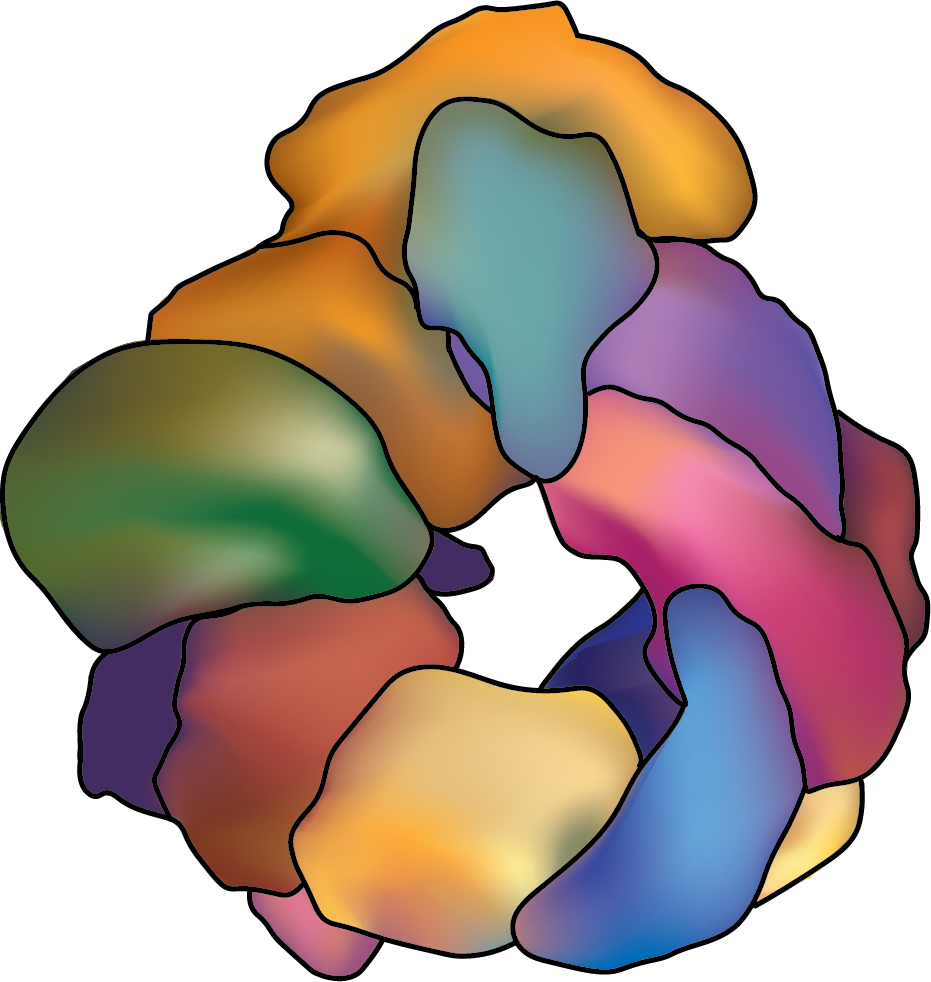Proteostatic Mechanisms Influence Huntingtin and Ataxin Protein Aggregation in Dendrites
Polyglutamine expansion diseases are neurodegenerative diseases caused by mutations resulting from polyglutamine (polyQ) expansion of cytosine-adenine-guanine (CAG) repeats in the gene, instigating widespread protein aggregation in neurons. Two examples of said diseases are Huntington’s Disease (HD), where the repeats express in the huntingtin gene, and Spinocerebellar Ataxia Type 3, where the repeats express in ATXN3. Aggregation leads to cell death, and causes disruption of mechanisms such as transcription, translation, and proteostasis. In humans, these diseases also cause symptoms such as bradykinesia, dystonia, and chorea. When mutant Huntingtin and Ataxin are expressed in Drosophila melanogaster, multidendritic (md) sensory neurons show worsening dendritic hypotrophy, illustrated by decrease in total dendritic length and endpoints, meaning less branches inversely correlated with increase of CAG repeats. Importantly, there is a possibility of mitigation of the effects of polyQ diseases. Chaperone Containing TCP1 (CCT) is a multi-subunit containing chaperone, generally responsible for folding actin and tubulin. Previous studies have determined that CCT has function in diminishing the effects of Huntingtin aggregation in vitro. By expressing fluorescently tagged human Huntingtin in md neurons, we were able to visualize HTT96 puncta and compare to antibody labeled CCT. Our results show colocalization of CCT subunit-1 (CCT1), CCT4, and CCT5 with mutant Huntington’s (mHtt) puncta. We then knocked down CCT5 in mutant Huntingtin background and assessed the distance of puncta from the soma. We found dendritic mHtt puncta in CCT5 knockdown are closer to the soma than the puncta in our HTT96 control. Through IHC and live, two-channel imaging, we’ve found that expression of mHtt decreases expression of stable microtubules in md neurons in a manner dependent on repeat length. These findings provide greater insight regarding the effects of mHtt and Ataxin on dendrites and allow us to draw more associations between proteostatic mechanisms and protein aggregation that may ultimately lead to the development of therapeutic strategies that mitigate deleterious consequences that arise in polyQ-mediated neurological diseases.
 CLOSE SIDEBAR
CLOSE SIDEBAR
